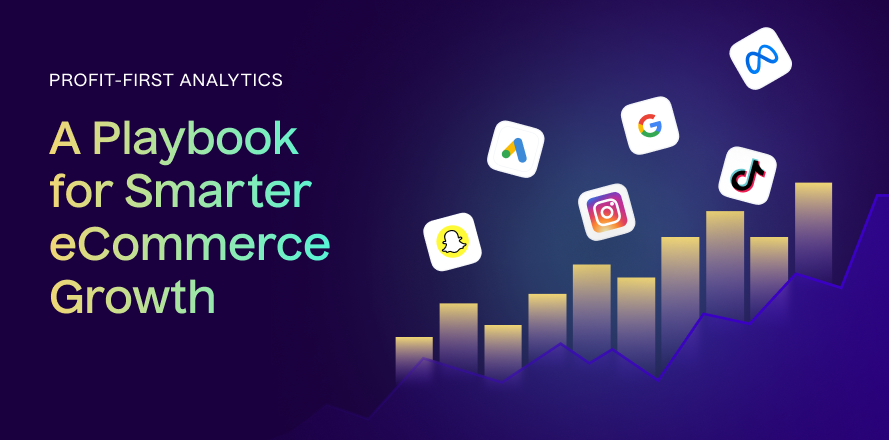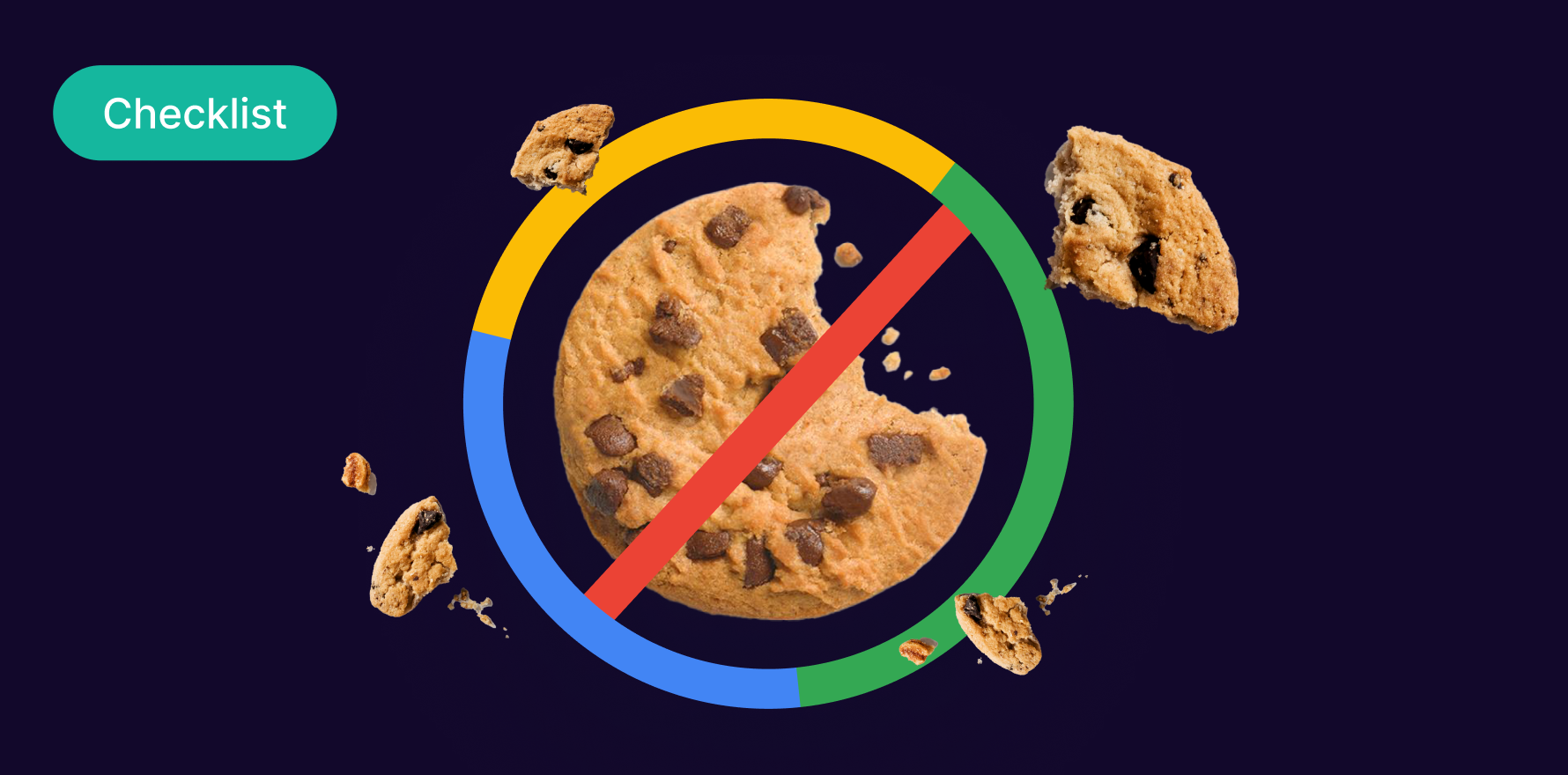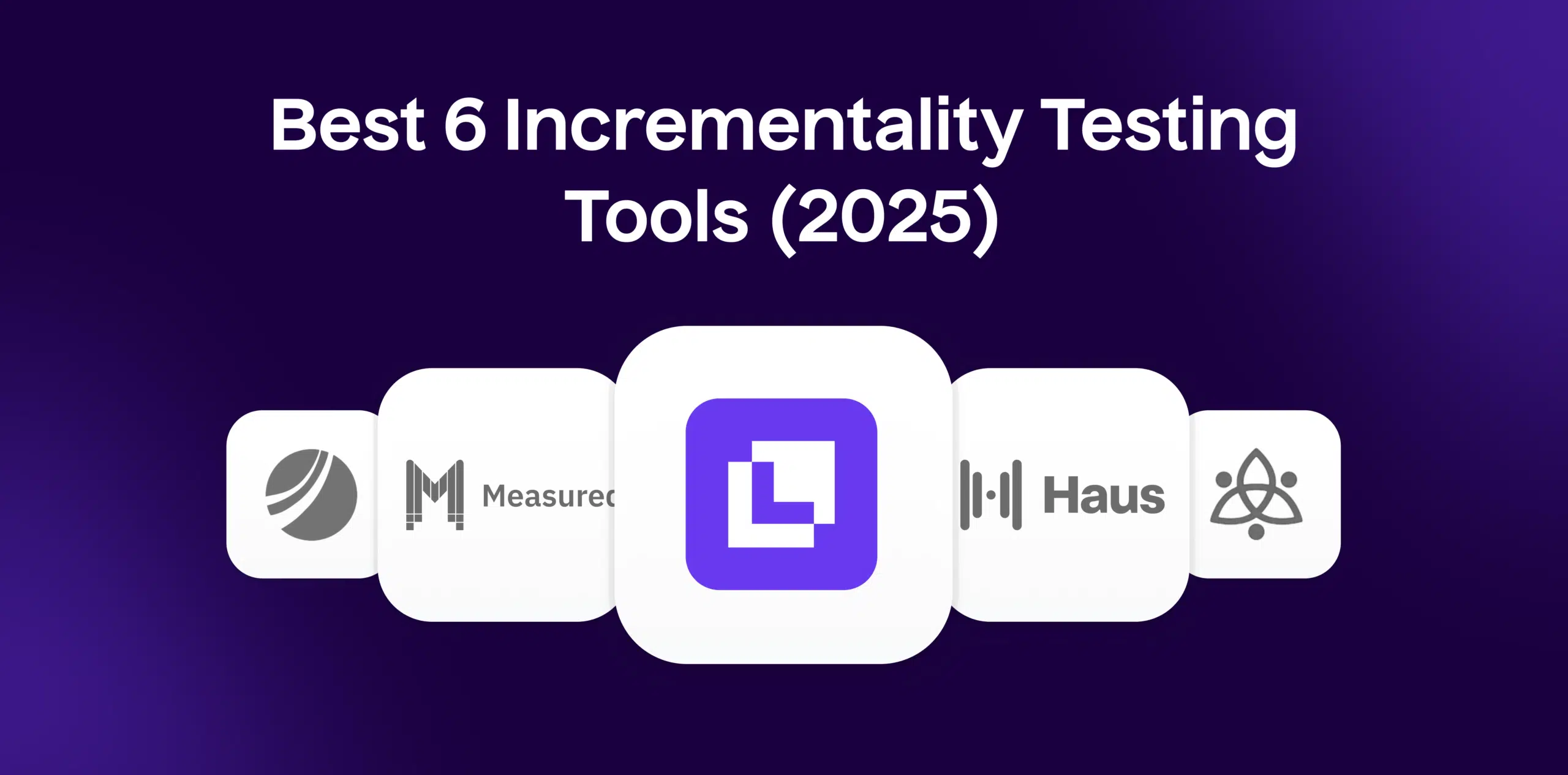What is Last Non Direct Click Attribution Model?
The Last Non Direct Click Attribution model tracks the user’s journey across a website, attributing conversion credit to the last channel a user interacted with before making a purchase, excluding all direct traffic. By disregarding the user’s direct visit(s), the focus is placed on the marketing channels that piqued the shopper’s interest and influenced their purchasing decision.
Formula
The Last Non Direct Click Attribution model does not follow a complicated mathematical formula. The conversion credit is simply assigned to the last non-direct channel that the user interacted with before purchasing.
Example
Consider a user journey where a potential customer first finds your site through an organic search (Google), returns to your site by clicking on a social media ad (Facebook), and finally lands on your site directly to make a purchase. According to the Last Non Direct Click model, the conversion credit would go to Facebook, as this was the last non-direct click user made.
Why is Last Non Direct Click Attribution Model important?
The Last Non Direct Click Attribution Model is important because it highlights the significance of those marketing channels that are effective at influencing a purchase decision by drawing customers back to the site. It helps marketers understand which channels are truly beneficial in driving revenue and encourages a focus on investing more in these channels.
Which factors impact Last Non Direct Click Attribution Model?
Improving the Last Non Direct Click model is largely about ensuring accurate, detailed, and comprehensive tracking. The better you’re able to track all touchpoints and interactions a customer has with your brand, the more accurate the attribution will be. Incorporating tools for comprehensive tracking like Google Analytics, using UTM parameters for tracking specific campaigns, or including first-party cookies can provide more accurate data for last non-direct click analysis.
How can Last Non Direct Click Attribution Model be improved?
Multiple aspects can influence the accuracy and efficacy of the Last Non Direct Click Attribution Model. These factors include click fraud, user privacy settings like cookie blocking, cross device tracking challenges, and offline channel tracking complexities.
What is Last Non Direct Click Attribution Model’s relationship with other metrics?
Last Non Direct Click Attribution Model ties in directly with metrics like revenue, return on ad spend (ROAS), and customer acquisition cost (CAC). As the model helps in understanding which channels are driving conversions, it also provides insight into revenue generation, effective advertising, and how much is being spent on acquiring new customers.
Free essential resources for success
Discover more from Lifesight
























































